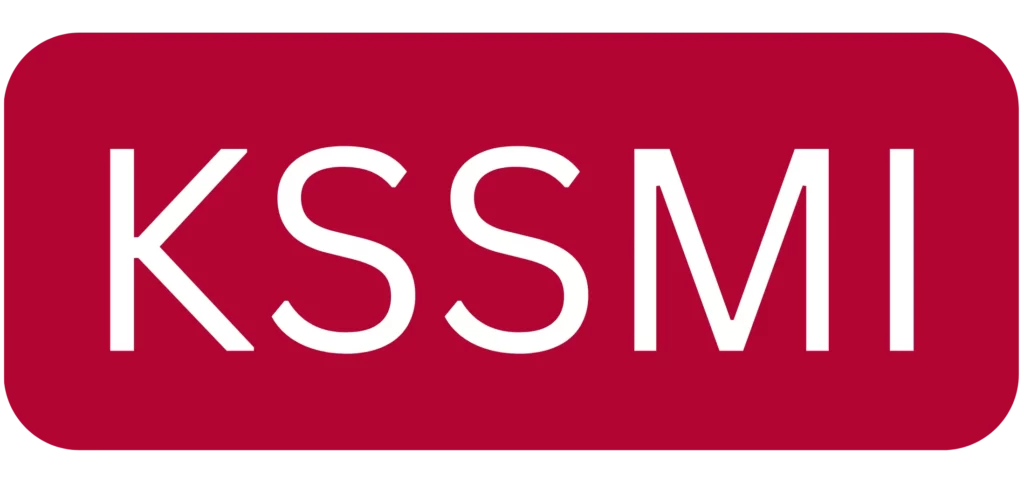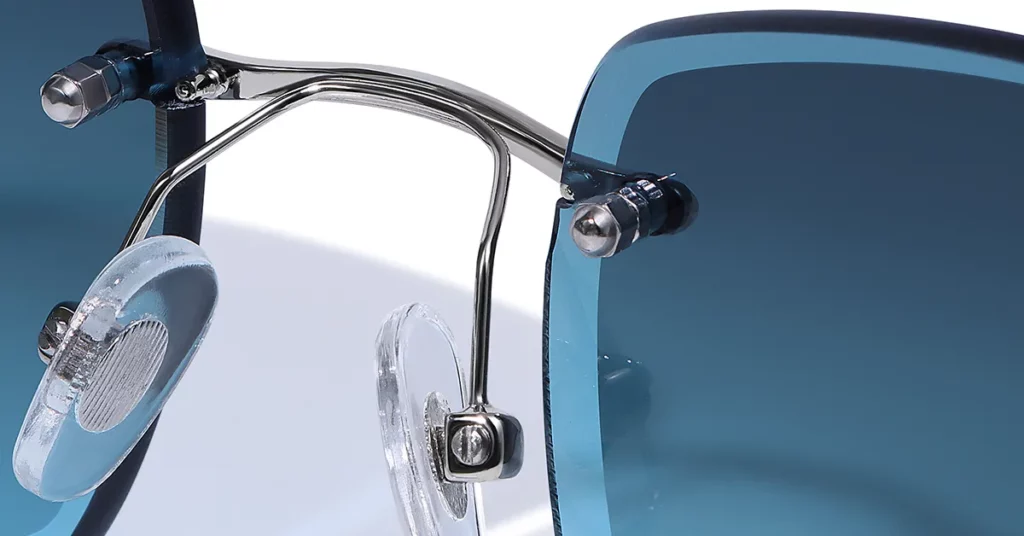For an eyewear brand in today’s competitive market, your choice of lens material is a strategic statement. Consumers now demand more than style; they want tangible performance, all-day comfort, and sustainable options. Choosing the right material can elevate your brand, justify a premium price, and build lasting customer loyalty.
Nylon lenses, also known as polyamide lenses, are a high-performance thermoplastic offering a superior balance of optical clarity, lightweight comfort, and impact resistance. Unlike polycarbonate, nylon provides a sharper, more color-accurate visual experience, making it the smart choice for premium eyewear brands seeking a competitive edge in performance and design.
Nylon vs. The Competition: A Head-to-Head Comparison
To understand nylon’s value, you must see how it performs against other common lens materials. The old industry trade-off was between the optical purity of glass and the impact resistance of polycarbonate. Nylon resolves this conflict, delivering the best of both worlds in one advanced material.
At a Glance: The Ultimate Lens Material Comparison Table
This table breaks down the key performance metrics across all major lens materials. As you’ll see, nylon consistently delivers in the areas that matter most for a premium product: clarity, comfort, and safety.
| Feature | Nylon (Polyamide) | Polycarbonate | Trivex | Glass (Crown) | CR-39 (Plastic) | TAC |
| Optical Clarity (Abbe) | Excellent (~52) | Poor (~30) | Very Good (~43-45) | Excellent (~59) | Excellent (~58) | Mediocre (~38) |
| Weight & Comfort | Best (1.02-1.14 g/cm³) | Excellent (1.20 g/cm³) | Superior (1.11 g/cm³) | Poor (2.50 g/cm³) | Good (1.32 g/cm³) | Excellent |
| Impact Resistance | Excellent | Excellent | Excellent | Poor | Poor | Poor |
| Flexibility & Design | Excellent | Good | Excellent | Poor | Poor | Poor |
| Scratch Resistance | Good | Moderate | Good | Excellent | Low | Low |
| Cost Index | Premium | Low | High | Mid-High | Low | Very Low |
Pro Tip: Pay close attention to the Abbe value and specific gravity (weight). These two numbers have the biggest impact on the customer’s daily experience and are nylon’s clearest advantages over the mass-market standard, polycarbonate.
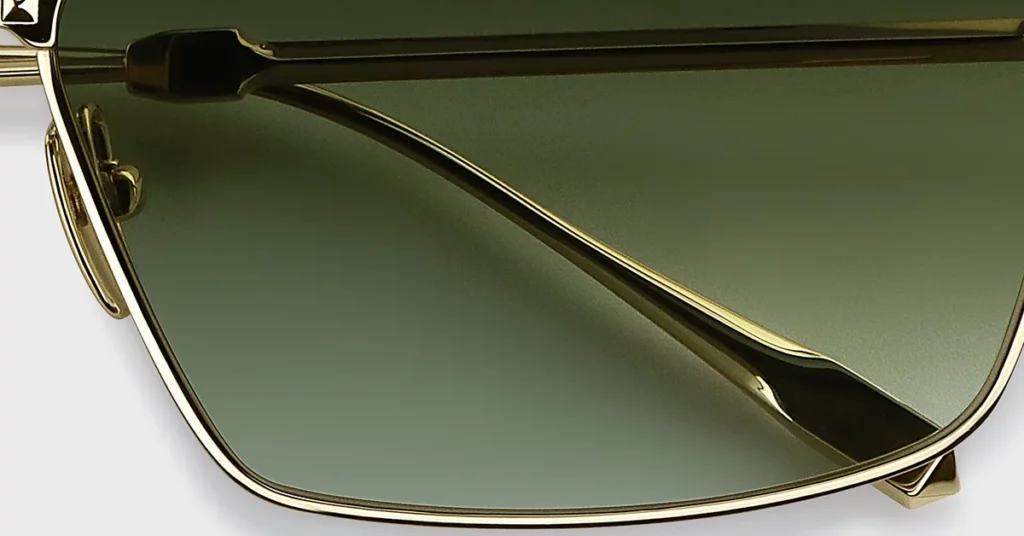
Nylon vs. Polycarbonate Lenses
This is the most important matchup for any brand looking to create a premium product. The defining trade-off is polycarbonate’s slightly higher impact strength versus nylon’s vastly superior optical performance. The key differentiator is the Abbe value; nylon’s is around 52, while polycarbonate’s is a low 30, resulting in significant color distortion and eye strain. Another major factor is that nylon is lighter, which is critical for all-day comfort.
The Bottom Line: You should choose nylon to deliver the premium visual experience modern consumers expect. Polycarbonate remains a viable choice for budget-conscious safety or children’s eyewear where cost is the primary driver.
Nylon vs. Glass Lenses
The defining trade-off here is modern performance versus traditional scratch resistance. While both offer exceptional, distortion-free optics, the key differentiator is that nylon is dramatically lighter and shatterproof, making it suitable for any lifestyle. Glass, on the other hand, offers the highest inherent scratch resistance but is heavy and poses a safety risk upon impact.
The Bottom Line: In my two decades of experience, I’ve seen nylon replace glass in almost all applications. You should reserve glass for niche, tradition-focused brands where the classic feel is part of the story and weight is not a concern.
Nylon vs. Trivex Lenses
This is a battle of two excellent, modern materials. The primary trade-off is often one of sourcing and specific design needs rather than a huge performance gap. However, nylon typically offers better optical clarity with a higher Abbe value. Furthermore, nylon’s superior flexibility often makes it a better choice for complex or high-stress frame designs, like wrap-around or rimless styles.
The Bottom Line: Both are fantastic options far superior to polycarbonate. However, I find nylon’s versatility gives it a slight edge for innovative brands pushing the boundaries of frame design.
Nylon vs. TAC & CR-39 Lenses
This comparison highlights the difference between premium and entry-level materials. The defining trade-off is performance versus cost. Simply put, nylon is in a different league for durability, flexibility, and optical clarity. In contrast, TAC and CR-39 are significantly cheaper but come with major compromises on every key performance metric, with TAC being particularly prone to delamination.
The Bottom Line: Choose nylon to build a premium brand with a reputation for quality. You should only use TAC or CR-39 for entry-level products where price is the single most important factor.
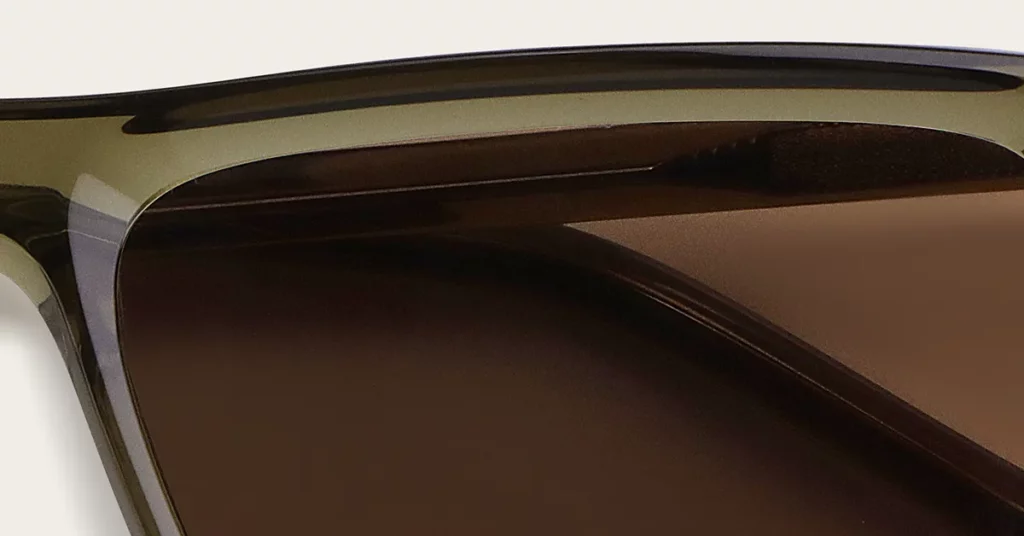
The Nylon Lens Application Matrix: From Tech Specs to Brand Strategy
Understanding a material’s technical specifications is only half the battle. Your real goal is to translate those specs into a powerful brand story that connects with customers and justifies a premium price. This matrix shows you exactly how to do that.
Feature: Superior Optical Clarity (High Abbe Value)
A high Abbe value creates a “true color” experience that reduces eye strain, which is a massive brand advantage. Your target customer is anyone who values a premium visual experience, from discerning fashion consumers to outdoor enthusiasts. This allows for a marketing angle like, “Experience the world in high definition,” which links directly to a more comfortable user experience and justifies a higher MSRP.
Feature: Ultra-Lightweight Material
Nylon’s low weight is a core brand advantage, enabling “all-day comfort” and a “forget it’s there” experience. This feature is perfect for targeting active users, endurance athletes, and professionals who wear eyewear for extended periods. Your marketing can promise, “So light, you’ll forget you’re wearing them,” a message that directly addresses comfort as a primary driver of perceived quality and customer satisfaction.
Feature: Extreme Flexibility & Impact Resistance
This combination of features allows you to build a brand advantage around a durable, resilient product that inspires consumer confidence. This is ideal for targeting outdoor adventurers, travelers, and anyone with an active lifestyle. A powerful marketing angle is, “Engineered for life’s adventures,” which justifies a higher price by reducing the customer’s perceived risk of breakage and increasing the product’s long-term value.
Feature: Bio-Based Material Availability
The option for bio-based nylon is a huge brand advantage, allowing you to align your brand with sustainability and appeal to eco-conscious consumers. This targets the growing market of environmentally-aware shoppers and brands with a sustainability-first ethos. The marketing angle is clear and powerful: “A smarter, more sustainable choice.” This taps directly into the segment of consumers willing to pay more for sustainable goods.
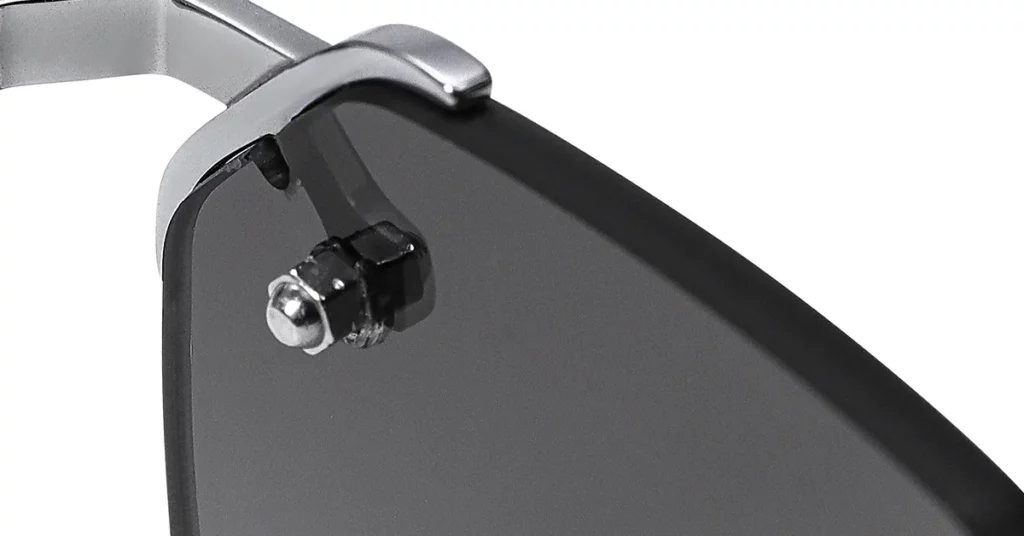
The Science Behind the Specs: A Deeper Look at Nylon’s Properties
To confidently build your brand around nylon, you need to understand the material itself. It isn’t just another plastic; it’s a sophisticated engineering polymer chosen for a unique combination of properties that are perfectly suited for high-performance eyewear.
What Are Nylon Lenses, Exactly?
Nylon lenses are made from a high-performance thermoplastic called polyamide, a material renowned for its strength and flexibility. Often marketed under proprietary names like ZEISS Polyamide or SunGod’s 8KO®, it is engineered from the molecular level to provide a precise balance of optical clarity and durability. A key selling point for health-conscious consumers is that it is also a BPA-free material.
Simple Analogy: Think of optical-grade nylon as a highly engineered, transparent version of the same durable material used in high-performance apparel like mountaineering jackets. Both are designed to be lightweight, flexible, and incredibly tough to withstand demanding conditions.
Not All Nylon is Created Equal: Understanding the Grades
It’s important to know that “nylon” is a family of materials. For eyewear, you’ll encounter a few key grades:
- Pure Nylon: This is the highest grade, offering the best optical performance and durability.
- Composite Nylon: These are lower-cost alternatives that may blend nylon with other plastics, often compromising toughness and clarity.
- Bio-Based Nylon: This is the sustainable innovation, derived from renewable resources like castor oil, that provides eco-friendly credentials without sacrificing performance.
Best Practice: You must insist on using pure nylon for any high-stress designs, such as rimless or drilled frames. Composite materials are simply not strong enough and will lead to product failure and damage your brand’s reputation.
The Key to Superior Vision: An Introduction to the Abbe Value
Definition: The Abbe value is the single most important metric for measuring the optical clarity of a lens material. It quantifies how much a lens disperses white light into its constituent colors, a visual distortion known as chromatic aberration or “color fringing.”
Simple Analogy: Think of a cheap camera lens that produces purple or green outlines around objects, especially in high-contrast situations. That’s chromatic aberration. A lens material with a low Abbe value acts like that cheap lens, causing eye strain as your brain works to correct the distortion. A material with a high Abbe value, like nylon, acts like a professional camera lens, delivering a crisp, clear, and color-accurate image.
This is where nylon proves its dominance. Nylon’s Abbe value is around 52, which is dramatically higher than polycarbonate’s value of just 30. This results in a sharper, clearer, and more comfortable visual experience for your customer.
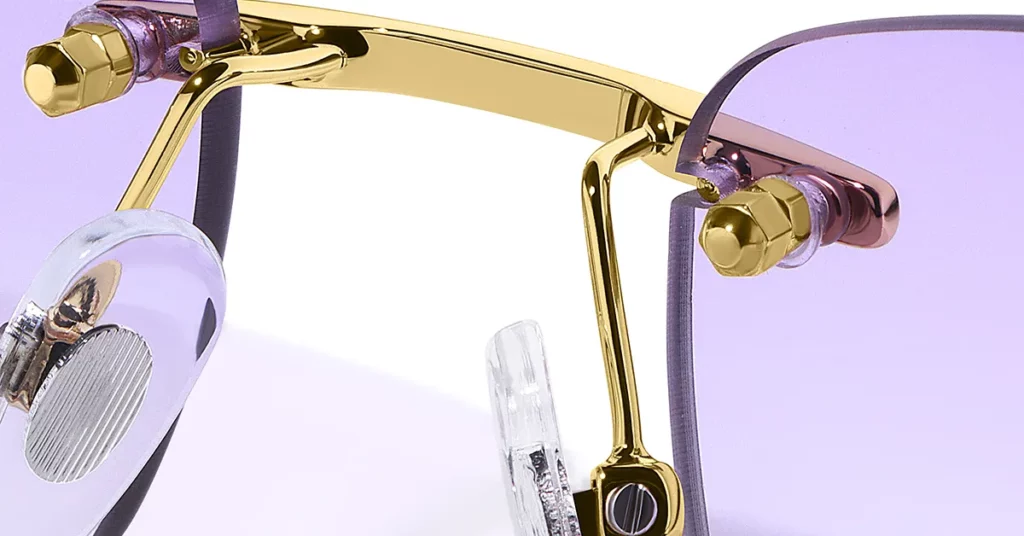
From Pellet to Polish: How Nylon Lenses Are Manufactured and Enhanced
Understanding how nylon lenses are made helps you appreciate the precision required to create a premium product. The process, known as injection molding, is a high-tech method that turns raw material into a perfectly formed lens.
The Manufacturing Process: An Overview of Injection Molding
Injection molding is a highly precise and repeatable process perfect for mass-producing complex optical components. The process involves several key stages:
- First, raw polyamide pellets are meticulously dried and then melted in a heated barrel.
- Next, the molten material is injected under immense pressure into high-precision lens molds.
- Finally, the lenses are cooled, hardened, and released before moving on to receive their performance coatings.
Simple Analogy: Think of injection molding like a highly advanced Jell-O mold. You heat a material to a liquid state, inject it into a perfectly shaped container, and cool it until it becomes a solid, finished part. The key difference is that this process happens under thousands of pounds of pressure at incredibly high temperatures to achieve optical perfection.
Unlocking Design Freedom: How Nylon Enables Creative Frame Design
Nylon’s physical properties remove material constraints, enabling more ambitious and creative designs. Its flexibility allows it to be mounted in thin or wrap-around frames without cracking. Its inherent strength allows it to be drilled and grooved for elegant rimless and semi-rimless styles. Finally, its lightweight nature perfectly complements both minimalist and oversized frame designs without adding uncomfortable bulk.
A Palette of Possibilities: Available Tints, Coatings, and Treatments
A raw nylon lens is a great starting point, but coatings unlock its full potential. You can work with your manufacturing partner to add a variety of treatments to create the perfect lens for your brand:
- Anti-Scratch Hard Coat: This is an essential layer that protects the lens from daily wear and tear.
- Anti-Reflective (AR) Coatings: These are critical for reducing distracting glare and eye strain, especially on the backside of a sunglass lens.
- Hydrophobic & Oleophobic Coatings: These slick top layers repel water and oil, making the lenses easier to clean and keep clear.
- Polarized Options: A polarizing film can be integrated into the lens to eliminate the blinding glare that reflects off flat surfaces like water or asphalt.
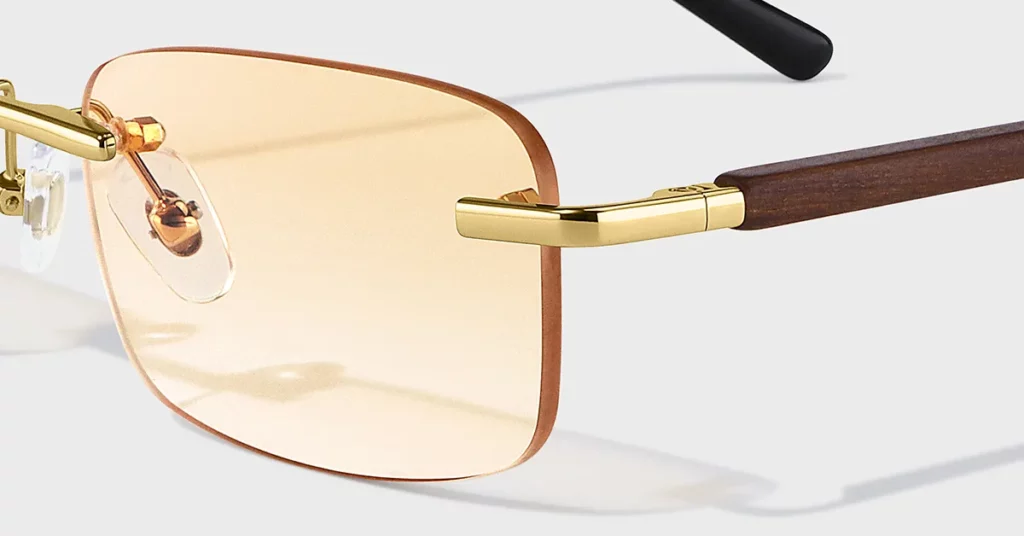
Talking to the Factory: Key Questions to Ask Your Manufacturing Partner
Your success with nylon depends heavily on the expertise of your manufacturing partner. Asking the right questions is critical to vetting their capabilities and ensuring you receive a truly premium product.
Question 1: “Are you using pure nylon or a composite material for these lenses?”
Why It Matters: You must know the exact material grade being used. Pure, virgin nylon is required for the best optical performance and is the only option for durable rimless or drilled frame designs. Composite materials can compromise toughness and clarity, putting your product and reputation at risk. A confident partner will immediately confirm their use of high-grade polyamide.
Critical Warning: Be wary of any partner who is hesitant or unable to clearly define the material grade they use. This is a major red flag that indicates they may be cutting corners with lower-quality materials.
Question 2: “What is the typical Abbe value of the nylon lenses you source?”
Why It Matters: The Abbe value is the key objective measurement of optical clarity, and a higher number is always better. Asking this question tests your partner’s technical knowledge and their commitment to quality. A knowledgeable partner should be able to provide a specific number, typically around 50 to 52, for their premium nylon lenses.
Critical Warning: If a potential partner doesn’t know what the Abbe value is or dismisses it as unimportant, they are not qualified to produce premium optical products.
Question 3: “Can you detail the anti-scratch hard coating process you use?”
Why It Matters: Nylon’s long-term durability is almost entirely dependent on the quality of its hard coating. A cheap or improperly applied coating will quickly fail, leading to customer complaints. You need to hear specific details on their coating method, quality control checks, and performance testing to verify its quality.
Critical Warning: Avoid any supplier who gives vague answers like “we use a standard coating” without being able to provide further technical details. True experts are proud of their processes and can explain them clearly.
Question 4: “What are the opportunities, MOQs, and costs for using bio-based nylon?”
Why It Matters: This question achieves two goals. First, it opens the door to a powerful sustainability marketing angle for your brand. Second, it tests how forward-thinking and capable the supplier is. A good partner should be able to provide a clear breakdown of the costs, MOQs, and supply chain implications for this increasingly popular material.
Critical Warning: If a supplier treats bio-based nylon as an overly exotic or impossible request, it may suggest they are not keeping up with modern material innovations.
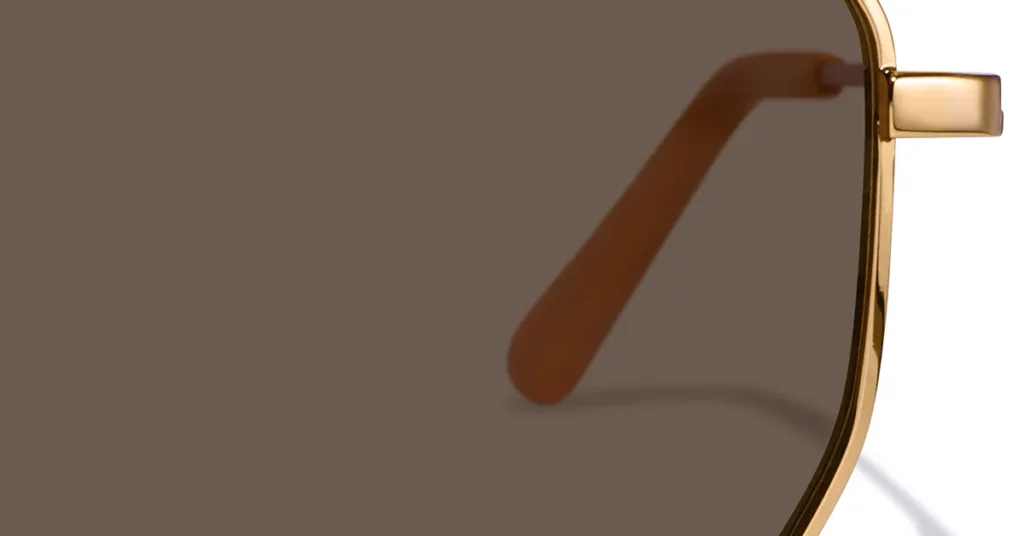
Conclusion
Choosing nylon lenses is more than a product upgrade; it’s a strategic investment in your brand’s future. It allows you to offer a demonstrably better product defined by superior clarity, featherlight comfort, and robust durability. By leveraging the power of this advanced material, you equip your brand with a compelling narrative to command the premium market and secure a clear vision for long-term success.
Frequently Asked Questions
1. Are nylon lenses better than polycarbonate?
Yes, in terms of optical quality. Nylon lenses have a much higher Abbe value, which means they provide significantly clearer, sharper vision with less color distortion and eye strain than polycarbonate lenses.
2. Are nylon lenses scratch-resistant?
Nylon has good inherent scratch resistance, but its durability is greatly enhanced by a high-quality anti-scratch hard coating. This coating is essential for ensuring the lens’s longevity and protecting the customer’s investment.
3. Do nylon lenses offer UV protection?
Yes. Nylon as a material naturally blocks 100% of harmful UVA and UVB radiation up to 400nm. This is an inherent property, meaning it doesn’t require an extra coating to provide full UV protection.
4. Are nylon lenses expensive?
Nylon lenses are a premium material and are more costly to produce than standard materials like polycarbonate or TAC. This higher cost reflects their superior performance and the advanced manufacturing process required to make them.
5. Can you get prescription nylon lenses?
hile nylon is most famous for its use in high-end non-prescription sunglasses, its excellent optical properties and light weight make it a suitable material for prescription lenses, especially for complex or high-wrap frames.
